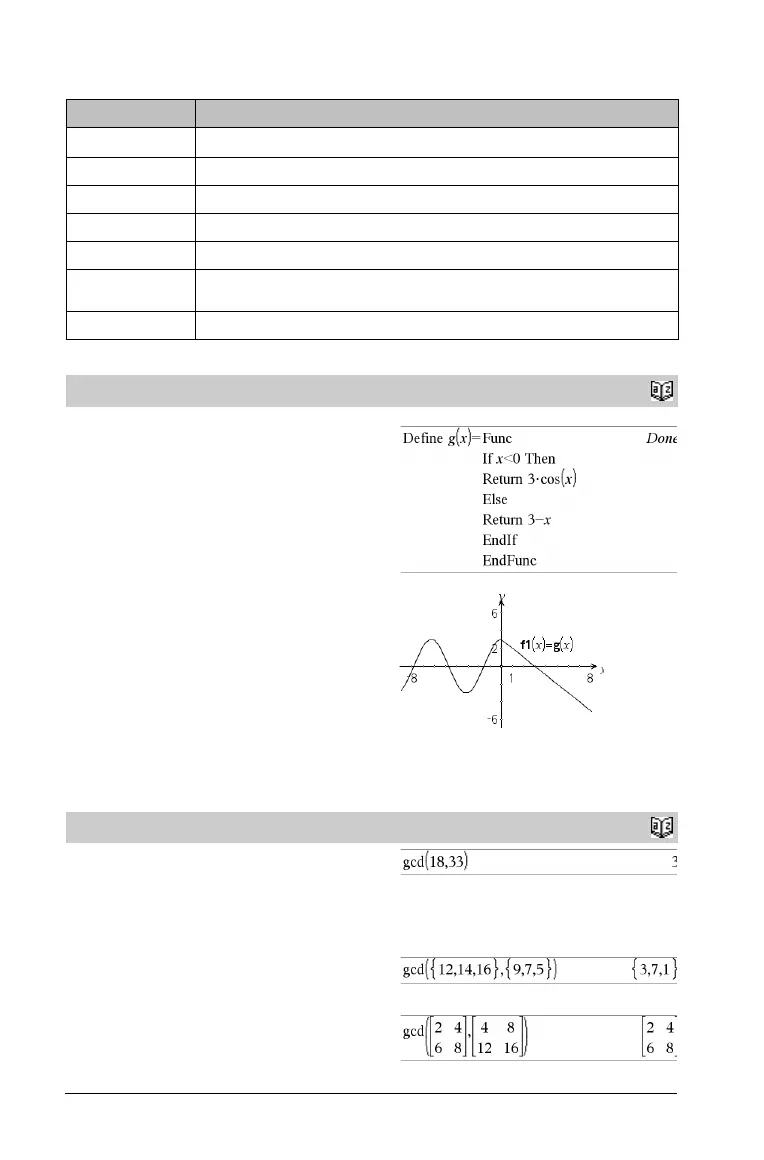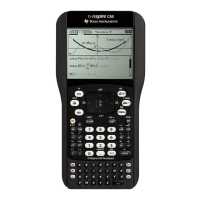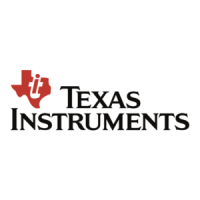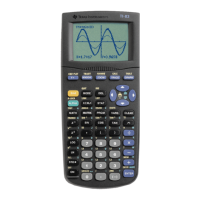40 TI-Nspire™ Reference Guide
G
Output variable Description
stat.F Calculated F statistic for the data sequence
stat.PVal Smallest level of significance at which the null hypothesis can be rejected
stat.dfNumer numerator degrees of freedom = n1-1
stat.dfDenom denominator degrees of freedom = n2-1
stat.sx1, stat.sx2 Sample standard deviations of the data sequences in List 1 and List 2
stat.x1_bar
stat.x2_bar
Sample means of the data sequences in List 1 and List 2
stat.n1, stat.n2 Size of the samples
Func
Catalog
>
Func
Block
EndFunc
Template for creating a user-defined function.
Block can be a single statement, a series of statements separated
with the “:” character, or a series of statements on separate lines.
The function can use the Return instruction to return a specific
result.
Note for entering the example: In the Calculator application
on the handheld, you can enter multi-line definitions by pressing @
instead of · at the end of each line. On the computer keyboard,
hold down Alt and press Enter.
Define a piecewise function:
Result of graphing g(x)
gcd()
Catalog
>
gcd(Number1, Number2) ⇒ expression
Returns the greatest common divisor of the two arguments. The gcd
of two fractions is the gcd of their numerators divided by the lcm of
their denominators.
In Auto or Approximate mode, the gcd of fractional floating-point
numbers is 1.0.
gcd(List1, List2) ⇒ list
Returns the greatest common divisors of the corresponding elements
in List1 and List2.
gcd(Matrix1, Matrix2) ⇒ matrix
Returns the greatest common divisors of the corresponding elements
in Matrix1 and Matrix2.
